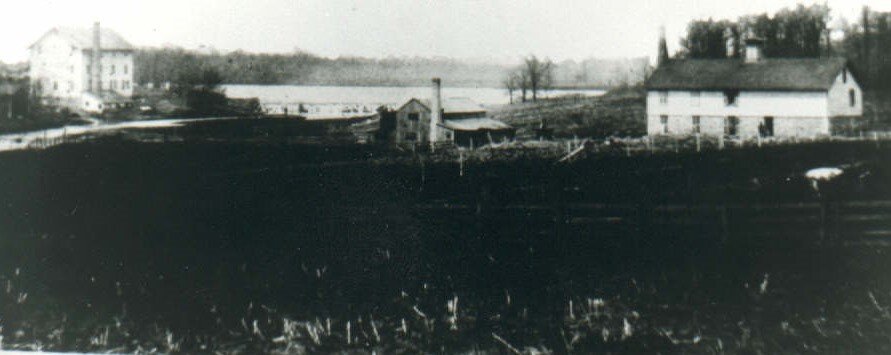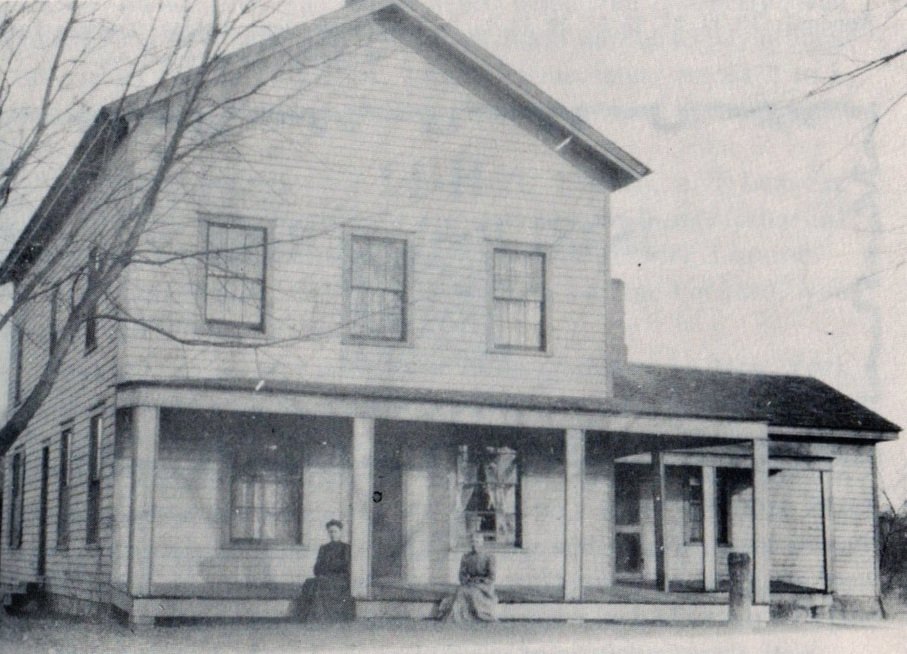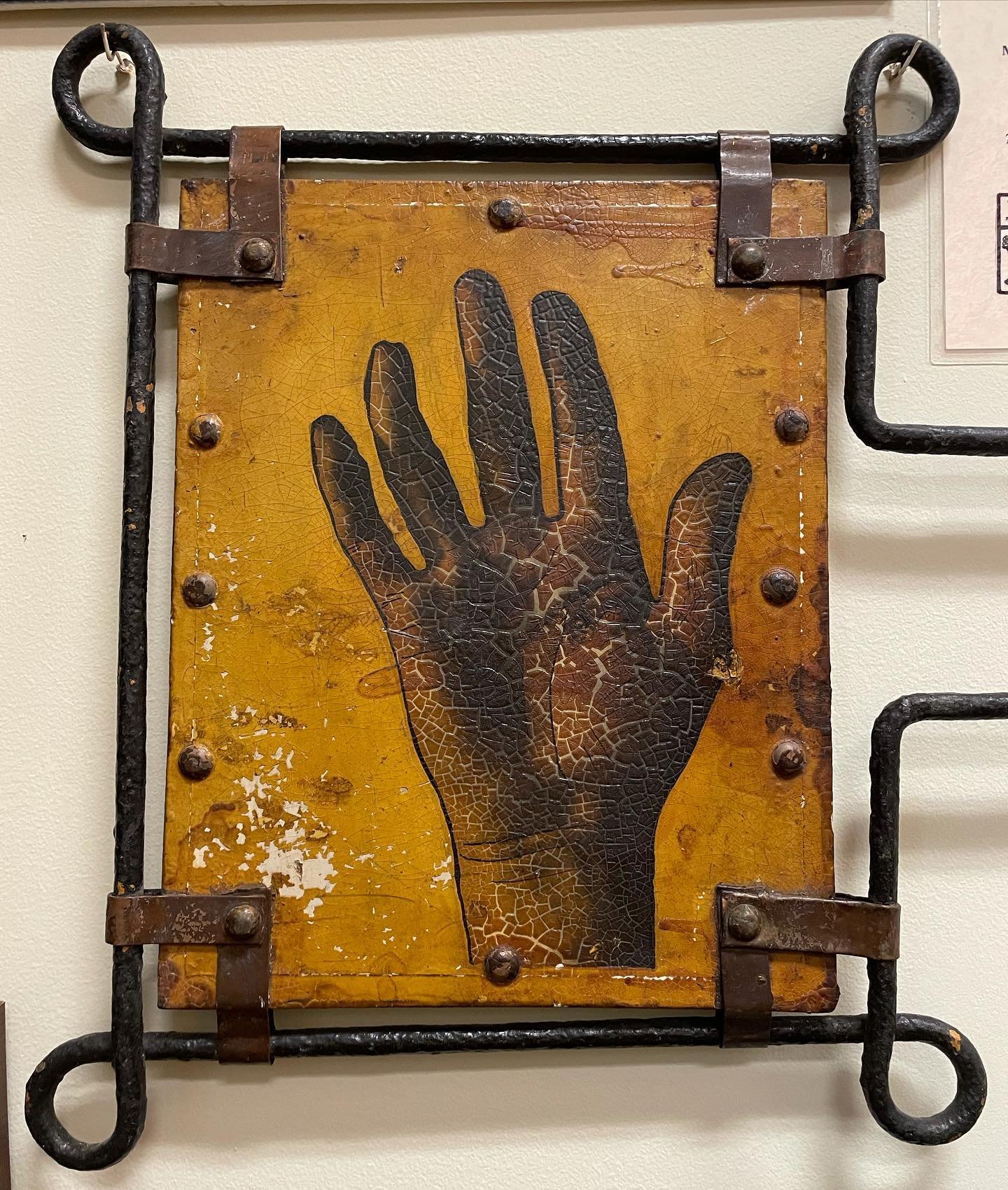Warrenville 2021 Cemetery Walk Part 2
As we share the scripts from our 2021 Cemetery Walk, we want to thank all of the people who made this event possible, including our presenters and tour guides. We were so excited to welcome history lovers back to the Cemetery in-person this year, and in an effort to continue accessibility to our programs, we are including the information shared that evening in three parts here on our blog. We hope you enjoy part 2!
Thomas William Stafford 1866 - 1946, presented by David Anderson
My name is Thomas William Stafford, the fourth of five children of Dorus and Sarah (Perry) Stafford. My father was born in 1828 in Covey Hill, Quebec, though he was descended from the first Thomas Stafford in North America, who came to the Plymouth Colony in 1626, six years after the arrival of the Mayflower. My mother was born in upstate New York in 1837 and my parents came to Warrenville in 1858. I was born in 1866. My father, a tanner by trade, remodeled the former fanning mill into our family home.
Warrenville’s industries in the late 1800s, as seen facing northwest, looking up the DuPage River from today’s Warrenville Road - the gristmill, Stafford’s tannery and the creamery
I married Rose Cusig, a native of Michigan, and we had five children. You know the name Stafford from Stafford Place, the street where your library and city hall are located. The street was named to honor our grandson, William Thomas Stafford, Warrenville’s first mayor. We knew part of the street as Railroad Avenue, important because I worked for the Aurora, Elgin, and Chicago Railway at the shop in Wheaton.
Rose and I built our house across Main Street from Colonel Warren’s first house and across Third Street—you call it Batavia Road—from my parents’ house. Eventually our daughter Mildred Fairbanks and her family lived next door and our son Edward Earl and family lived a couple of blocks west on Warren Avenue.
Stafford Home at Batavia Road and Main Street
Our family was musically inclined. Mother played the cello and father played the violin, which I also learned to play. Others in the family played flute, fife, and cornet. The large upstairs room of our home was our music room, where there was a picture of Ole Bull, the famed Norwegian violinist of the 19th century. We became known in town as “Stafford’s String Band” and it was reported in the newspaper on February 5, 1886 that “Stafford’s String Band had the honor of officiating at the Social Hop in Seminary Hall last Friday night.” Colonel Warren allowed the Warrenville Social Club to use what was also called Warren’s Hall for functions it sponsored.
The Colonel’s Tavern, located at First Street and Big Woods Road—where Walgreen’s is now located—was sold to subsequent owners, including our grandparents, John and Sally Maria Perry, who had come west from New York in 1865. Some time after our mother received the deed to the Tavern in 1889, my younger brother George took it over and people would come to dance at “George’s,” while I fiddled on the violin.
One more story: although our family had belonged to the Methodist Church, in 1901 the church closed for lack of members. Some of my relatives joined the Naperville Methodists. George’s Tavern had become our niece’s family’s home, so Warrenville needed a place for dances. George and I joined with eight other local men and formed the “Live Wire Club.” We purchased the abandoned church building on Second Street for $500.00 in November 1910. Our New Year’s Eve Dance was a great success, but some of the old Methodists were not amused about dancing in the old church. They sued the Naperville Methodists, claiming that they had no authority to sell the property and that the original deed said the property must be used for religious purposes. Just three weeks later we had over 200 people at our dance on January 21, 1911, and held dances regularly after that, although the county sheriff came to town for our dances to, as was reported, “keep the frivolity in check.” The lawsuit about the building made it to the State Supreme Court—and we won—though our club disbanded not long afterwards and Glen Mount came to town and used our building for storage until the Albright family of artists moved here in the mid 1920’s and converted the space to an art studio.
1858 Methodist Church, now the Warrenville Museum on Second Street
Some of my direct descendants who still live in Warrenville include people with the last names of Fairbanks, Kleinwachter, Thompson, Wiggins, Sipla, Lee, Banaszek, and Leonard.
David Anderson presenting Thomas Stafford at our rehearsal at Trinity Lutheran Church
Edward Martin Moore 1871-1950, presented by Larry Porter
Edward Martin Moore, known to many as Strutt Moore, was born in June 1871 in Granville, Illinois. Strutt was the descendant of Irish immigrants who came to the New World in 1727.
Strutt’s father, Robert Moore, moved throughout Illinois working as a farmer. Strutt’s mother Mary Wardlow married his father after he had been widowed and left with three small children. Strutt was born in the small farming community of Granville, but the family didn’t stay there long. Eventually they settled in Kansas, where Strutt’s father passed away in 1884.
After his father’s death, Strutt, his mother and at least one of his sisters moved to Chicago, where Strutt started used his artistic abilities in printmaking. Early in his career, he collaborated with a fraternity of pressmen in Chicago affiliated with Blue Sky Press, founded by Alfred Gist Langworthy, the press’ business manager, and American historian Thomas Stevens.
In the early days of his career, printing didn’t provide enough income, so he worked in Chicago as a “brass pounder,” as telegraphers were known in those days, for Western Union and later the Postal Telegraph Company. In the 1920s Strutt retired to the quiet setting of Warrenville to purse the art of printing and typography. The eccentric and somewhat radical pressman lived the rest of his life in a barn that he purchased in 1925 on the corner of Orchard and Warrenville Roads, naming his business Pony Barn Press in honor of his home.
Between 1925 and 1956, when he died, Strutt produced placards, bookplates, bookmarks, and postcards under the imprint and signboard “Sign of the Hand.” Beginning in 1932, he also produced what he called “Snippets.” A “Snippet” consisted of a series of four-page folders. These were a means for Strutt to market his publications, showing off the text, type, and style of his pieces. Pony Barn Press titles include a volume of poems by Robert Bender, Grapes from the Thorn (1937), and Mark Twain’s A Conversazione 1601 (1939), a racy satire on language used in Tudor England. Strutt set every one of his projects in quirky, black-letter type.
Strutt Moore’s sign, Warrenville Museum Collection
Strutt wrote frequently on the art of printing and on the private press. For the periodical Reading and Collecting, he authored a series of articles between 1936 and 1938 entitled “Prints from the Inky Fingers of Edward Martin Moore.” The articles attest to his knowledge of press and printing techniques, a true artform. Their content contributed to his stature among his fellow pressmen. The subtitles reveal something of the author’s unusual character: “A Typomaniac’s Grouch,” “Type Cases,” “Emphasis,” Presses and Pressures,” and “Chicago Carries the Torch.” Strutt passed away in 1950, leaving behind many stories of his larger than life personality.
Larry Porter presenting Strutt Moore
Arthur Stresney Sr. 1894 -1983, presented by Daniel Rogers
Arthur Stresney founded his piano and organ store here in Warrenville in 1936, following in the footsteps of his father and grandfather before him. He was the grandson of Albert Vick, who opened a piano store in Waterloo, Iowa in 1902. The Vick family first immigrated to the United States from Germany in 1852.
In 1877 the Vicks arrived in Waterloo, Iowa, and bought out the McCracken Brothers General Merchants. They quickly became the best known merchant in the area. Vick had a strong reputation of honestly and possessed a large amount of business ability, which secured him a large and lucrative patronage. His business was widely known for the slogan “Reliable Goods That Keep up with the Times.” In 1902, Albert decided to venture beyond general goods and opened a piano store. It quickly became a thriving musical import, manufacturer and wholesale business that his descendants would carry on for almost a century. Albert wrote his own music and demonstrated the songs on his pianos to would be buyers. Albert decided to grow his musical career and moved the family to Valparaiso, Indiana, to study music and piano technology. Sadly, he unexpectedly passed away while in Indiana and his widow and four children moved to Northern Illinois.
In 1936, Arthur followed in his grandfather’s footsteps and opened a piano store of his own here in Warrenville. Art and his wife Anita moved their family into a Sears Roebuck home on Curtiss Avenue. The family worked the showroom themselves stating that they wanted to serve their customers personally. They used students as assistants and kept overhead low, something they prided themselves on, since if allowed them to sell their pianos and organs at a lower price. Their policy to serve customers themselves however meant sometimes those seeking to purchase a Stresney piano waited hours before they were served, being issued the characteristic number as they entered to wait their turn.
Stresney Marketing Item from the Museum’s collection
Shortly after opening the Warrenville Stresney Piano and Organ Company, Art designed his own Stresney pianos that sold alongside other brands in the Warrenville shop. During WWII when it was hard to import new pianos, the Stresneys purchased old pianos of rehab them, completely rebuilding many. Arthur Jr who joined his father in the business reflected that each time his dad sold a piano, he congratulate himself by walking over to Ruzicka’s Drug Store and buy a cigar.
All the Streseny children, Art Jr., Bob, Laurel, Miriam, Judy and Arlene learned to play piano or the accordion, which the company also made and sold. The Stresney children had an accordion band that would be seen in area parades. Later in life Art set out on a historic hunt to purchase original Albert Vick clocks and pianos sold by his grandfather.
Stresney Accordion
Art Jr. expanded the family business, opening stores in Wisconsin, Pennsylvania and California. Art Jr. expanded so much he bought up five buildings in Warrenville to hold all the inventory, eventually ending up in the larger old Carousel Restaurant on the corner of Butterfield and Batavia Roads. Many a Warrenville musician started on a Stresney instrument.
Daniel Rogers presenting Arthur Stresney at our rehearsal at Trinity Lutheran Church












